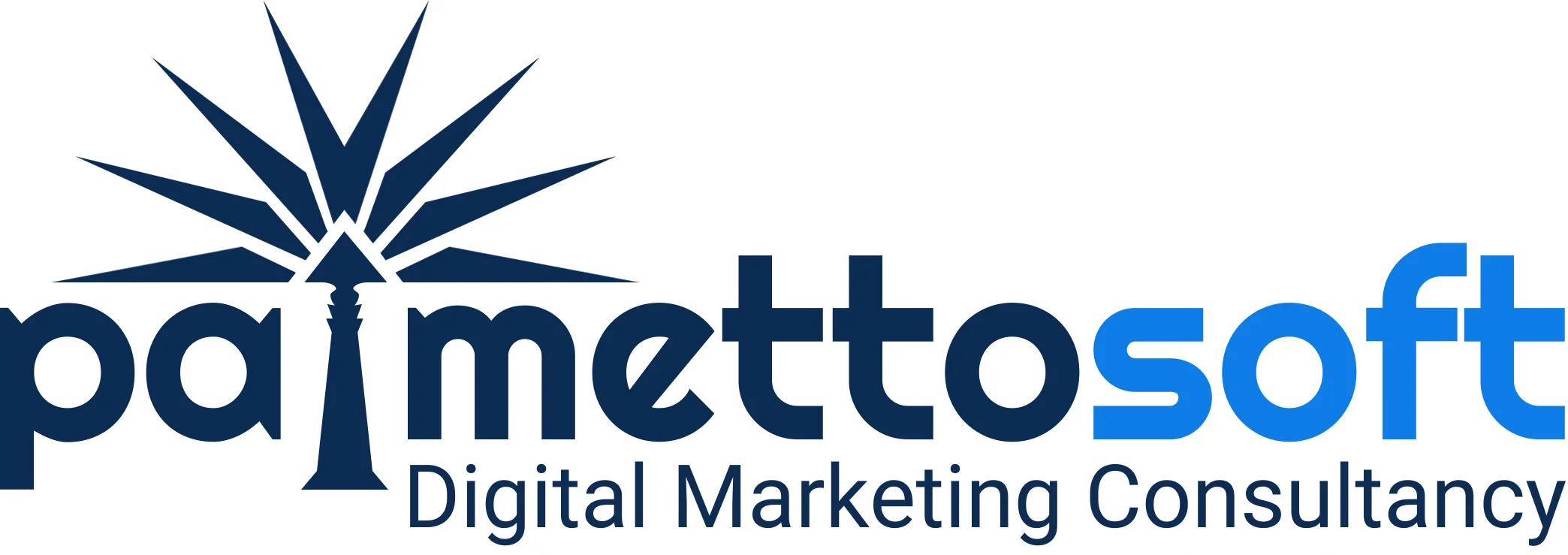Google Ads campaigns are powerful tools for driving targeted traffic to your website and increasing conversions. However, the success of your campaigns hinges not only on their setup but also on continuous monitoring and optimization. In this step, we delve into the intricacies of campaign monitoring, exploring key metrics, tools, and strategies to ensure your Google Ads perform at their best.
Importance of Campaign Monitoring
Effective campaign monitoring is critical for several reasons:
- Real-Time Adjustments: Monitoring allows for real-time adjustments to bids, keywords, and ad copy, maximizing performance and budget efficiency.
- Performance Tracking: It enables you to track the effectiveness of your ads, identifying what’s working and what needs improvement.
- Budget Management: Regular monitoring ensures that you’re not overspending and that your budget is allocated to high-performing ads.
- Goal Achievement: It helps in tracking whether your campaigns are meeting your business goals, such as increasing sales, generating leads, or boosting website traffic.
Key Metrics to Monitor
1. Click-Through Rate (CTR)
- Definition: The percentage of people who click on your ad after seeing it.
- Importance: High CTR indicates that your ad is relevant and engaging to your audience.
- Action: If CTR is low, consider refining your ad copy, adjusting your targeting, or enhancing your keywords.
2. Conversion Rate
- Definition: The percentage of clicks that result in a desired action (e.g., purchase, sign-up).
- Importance: High conversion rates mean your ads are driving valuable actions.
- Action: Optimize your landing pages, use compelling call-to-actions, and ensure your ad copy aligns with landing page content.
3. Cost Per Click (CPC)
- Definition: The average amount you pay for each click on your ad.
- Importance: Helps in understanding the cost-efficiency of your campaigns.
- Action: Adjust bids and improve ad quality to lower CPC.
4. Cost Per Conversion
- Definition: The amount you pay for each conversion.
- Importance: Critical for measuring ROI and determining the profitability of your campaigns.
- Action: Refine targeting, improve ad relevance, and optimize landing pages to reduce cost per conversion.
5. Impressions
- Definition: The number of times your ad is shown.
- Importance: Indicates the reach of your ad.
- Action: If impressions are low, consider expanding your keyword list or adjusting your targeting settings.
6. Quality Score
- Definition: Google’s rating of the relevance and quality of your keywords and ads.
- Importance: Affects your ad’s position and CPC.
- Action: Improve ad relevance, landing page quality, and expected CTR to boost your Quality Score.
Tools for Effective Monitoring
1. Google Ads Dashboard
- Features: Provides a comprehensive overview of your campaign performance, including key metrics like CTR, CPC, and conversions.
- Use: Customize your dashboard to track the most relevant metrics and set up alerts for significant changes.
2. Google Analytics
- Features: Offers in-depth insights into user behavior on your website.
- Use: Link Google Ads with Google Analytics to track post-click activity, such as bounce rates and time on site, providing a fuller picture of ad performance.
3. Google Tag Manager
- Features: Simplifies the process of adding and updating tags on your website.
- Use: Use it to implement conversion tracking, remarketing tags, and other Google Ads tags without editing code.
4. Third-Party Tools
- Examples: SEMrush, Ahrefs, and Moz.
- Features: Provide additional data and insights, such as competitor analysis and keyword tracking.
- Use: Complement Google’s tools to enhance your campaign monitoring and optimization efforts.
Strategies for Ongoing Optimization
1. A/B Testing
- Process: Continuously test different ad variations to see which performs best.
- Benefit: Helps identify the most effective ad copy, images, and calls to action.
2. Keyword Management
- Process: Regularly review and update your keyword list, adding new high-performing keywords and removing underperforming ones.
- Benefit: Ensures your ads stay relevant and competitive.
3. Audience Segmentation
- Process: Segment your audience based on demographics, interests, and behaviors.
- Benefit: Allows for more targeted and personalized ad experiences, improving engagement and conversion rates.
4. Bid Adjustments
- Process: Adjust bids based on performance data, such as increasing bids for high-performing keywords and decreasing bids for low-performing ones.
- Benefit: Maximizes your ad spend efficiency and ROI.
5. Ad Schedule Optimization
- Process: Analyze performance data to determine the best times and days to run your ads.
- Benefit: Ensures your ads are shown when your audience is most likely to engage and convert.
Conclusion
Campaign monitoring is an ongoing process that requires attention, analysis, and adjustment. By focusing on key metrics, utilizing powerful tools, and implementing effective strategies, you can optimize your Google Ads campaigns to achieve better results and a higher return on investment. In Google Ads process, continuous monitoring and optimization are essential to staying competitive in the dynamic world of online advertising, ensuring your campaigns deliver maximum impact and drive your business goals forward.
Related Posts:
- Prioritizing Relevancy Over Volume in Keyword Selection
- The Critical Importance of Landing Page Construction in PPC Campaigns
- Mastering the Psychology of Google Ad Copy: Hooking Your Audience with Precision
- The Secret Sauce of Google Ads Campaigns: Mastering Ad Groups
- The Essential Role of Phone Call Tracking in Modern Google Ads Campaigns
- Effective Strategies for Adding New Keywords in Google Ads Campaigns
- Ultimate Optimization Guide to Bidding Adjustments in Google Ads
- Advanced Reporting Techniques for Optimal Google Ads Performance
- The Power of Negative Keyword Filtering to Boost Your Google Ads Efficiency









